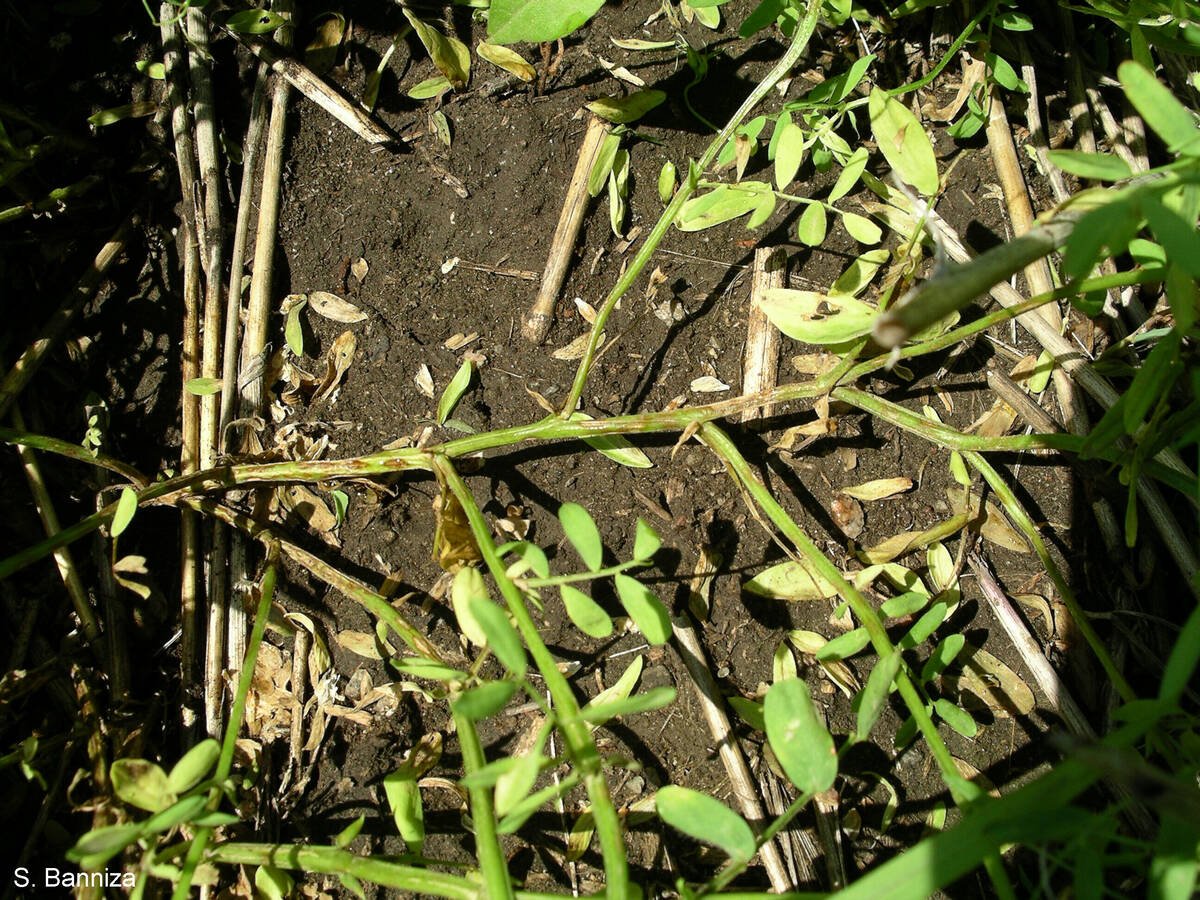Farmers face a three-pronged marketing problem for 2011. How do they:
• hedge their expected production when they don’t know what production to expect;
• hedge their expected production without locking themselves out of a much-predicted rally;
• get full advantage of a future rally in the crop markets?
Marketing advisers I called said these questions present farmers with an unusually challenging set of decisions. Every year has challenges for production and pricing, but this year seems unusually uncertain.
And as far as I can tell, there is no way to give the same answer to all three questions.
Read Also

Anthracnose resistant lentils within reach
The risk that anthracnose poses to lentils continues to be high priority for the pulse sector.
Usually, risk averse farmers lock up 25 to 40 percent of their expected crop production before or at seeding time.
This protects some new crop prices and leaves 60 to 75 percent of the crop unpriced until the size and quality of the crop is better known or when the price situation is pulling a farmer’s trigger finger.
But soil is saturated in many parts of the Prairies, so locking up even 25 percent could be reckless. And with numerous predictions of a big crop market rally in 2011, many producers might want to avoid the situation many faced in late 2007, when they priced too much too early, in hindsight.
For the first two questions, options contracts work nicely, but with a cost. Buying a put lets a producer establish a basement price, while leaving the upside open and crop uncommitted.
The upside can also be opened up by buying calls.
For instance, in late December farmers could lock in November canola with put options for a futures price of $520 per tonne.
Guaranteeing a minimum price of almost $12 per bushel minus basis and other deductions is something no farmer is likely to be unhappy with, even in today’s optimistic climate.
But the cost of the puts is something that a lot of farmers are just never willing to face.
In late December, a $520 new crop put was selling for about $32, which is almost 73 cents per bushel.
For 1,000 tonnes, which is what a lot of farmers will grow this summer, that would mean a bill of $32,000. Some guys just can’t bring themselves to write that kind of a cheque to their brokers.
Some farmers who got little or no crop this year simply don’t have the money, while others can’t pay for something they probably won’t need to use.
But it’s a good way to lock in a minimum price of around $11 per bu. with no production risk.
It’s not the way, however, to get the answer for the third question, how to get the full advantage of a coming rally in crop prices.
That’s easy to achieve: don’t price anything until prices hit the peak and then sell 100 percent.
Do you think you can do that? Have you ever done it before? Good luck to you if that’s your 2011 marketing plan.
For less cocky farmers, buying options is a low risk way to deal with the unusual risks and rewards that 2011 seems to be presenting.
That may mean buying puts to protect against the downside without having to price the crop, or calls to open up the upside if you’re confident enough of your production to pre-price some crop.
You’ll hate having done that if you get no crop in 2011 but paid tens of thousands of dollars for wrong-way
options that you don’t use. However, you’ll be happy if your options pay off, even if you didn’t get a crop.

















